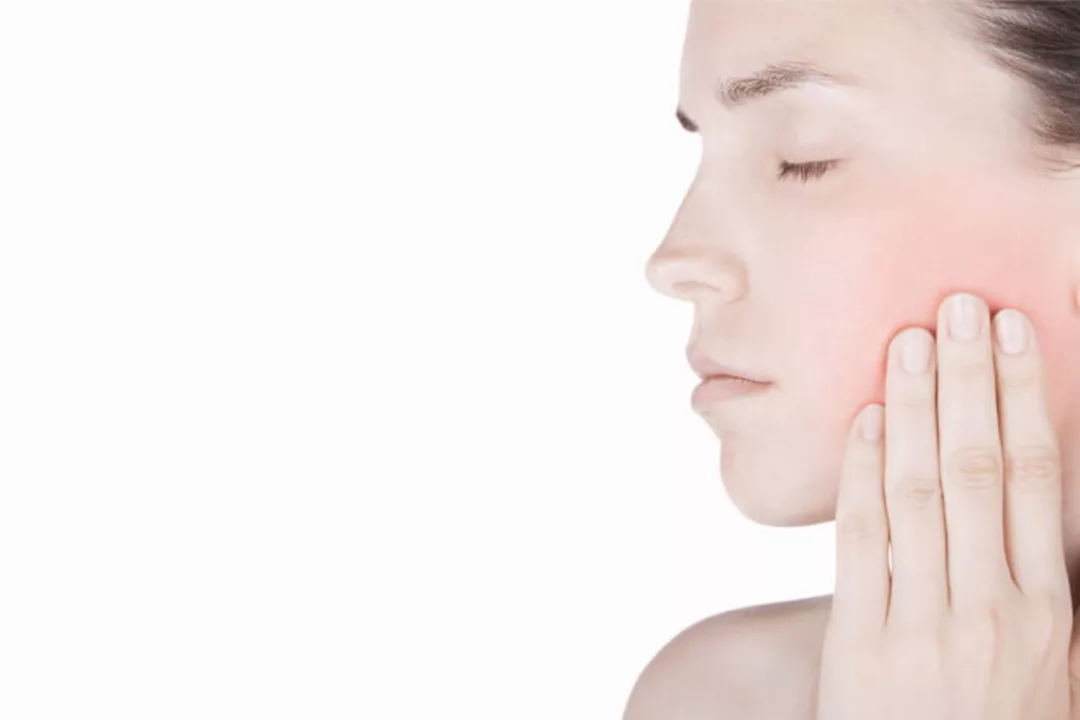Endometriosis
Endometriosis can cause cyclical and non-cyclical pelvic pain, painful intercourse, bowel and bladder symptoms, and low back or hip pain....
Learn MorePelvic Floor Dysfunction
Pelvic floor dysfunction refers to problems with the muscles, nerves, and connective tissues that support the bladder, uterus, or prostate,...
Learn MoreArthritis / Joint Pain
Arthritis is incredibly common within older people. It is defined by inflammation in the joints, which worsens with age. The...
Learn MoreCancer Pain
Cancer pain can be related directly to the tumor, which may be pressing against bone, nerves, or other organs. Pain...
Learn MoreCentral Pain Syndromes
Central Pain Syndrome is caused by dysfunction of the central nervous system: the brain brain-stem, and spinal cord. It can...
Learn MoreComplex Regional Pain Syndrome (CRPS)
Complex Regional Pain Syndrome is chronic pain that affects the limbs. It is believed to be caused by damage to...
Learn MoreEhlers-Danlos Syndrome (EDS)
Ehlers-Danlos syndrome (also known as ed’s disease and Ehlers disease) is a group of hereditary disorders affecting connective tissues essential...
Learn MoreFibroids
Fibroids, also known as uterine fibroids or leiomyomas, are benign growths that develop in the uterus. These growths are composed...
Learn MoreFibromyalgia
Fibromyalgia is a chronic pain disorder characterized by widespread musculoskeletal pain, fatigue, and tenderness in specific areas of the body.
Learn MoreFoot Pain
Foot pain can be onset by injury, overuse, or inflammation, but the most common cause is arthritis. Nerve pain in...
Learn MoreHeadache and Migraine
Headaches are caused by inflammation and other problems with the blood vessels surrounding the brain. Migraines are really just exponent...
Learn MoreHypermobility Syndromes
Hypermobility occurs on a spectrum and involves ligaments which are intrinsically too stretchy to maintain optimal biomechanical function of the...
Learn MoreHypermobility Spectrum Disorder
Hypermobility Spectrum Disorder (HSD) is a condition characterized by excessive joint flexibility beyond what is considered normal.
Learn MoreLupus
Lupus, or systemic lupus erythematosus (SLE), is a chronic autoimmune disease characterized by inflammation and damage to various tissues and...
Learn MoreMuscle Pain
Muscle pain can be related to many localized conditions. Some include Fibromyalgia, muscle tearing and strain, and dystrophy. It can...
Learn MoreNeck and Back Pain
The most common causes of neck and back pain overuse, strenuous activity, or improper use, such as repetitive or heavy...
Learn MoreNeurological Conditions
Neurological conditions affect the brain, spine, and nerves that connect them. Among the most common are brain tumors, epilepsy, Parkinson's...
Learn MorePostural Tachycardia Syndrome
Postural Tachycardia Syndrome (PoTS) is a medical condition characterized by an abnormal increase in heart rate (tachycardia) that occurs upon...
Learn MorePelvic Pain
Pelvic pain can be caused by a problem with the organs in the lower-abdominal area. Common causes are constipation, pregnancy,...
Learn MoreRheumatoid Arthritis
Rheumatoid Arthritis disease (also known as ruma arthritis) is a chronic autoimmune disorder that primarily affects the joints, causing inflammation,...
Learn MoreSpine Pain
Spine pain refers to discomfort or pain experienced in the back, particularly along the spinal column. It can vary in...
Learn MoreSports Injuries
Sports injuries come in variant form. Some of the most common include Ankle sprain, Groin pull, Hamstring strain, Shin splints,...
Learn MoreStomach Pain
Stomach pain is muscular pain in the abdominal area and its outer muscle wall. More common causes are constipation, gas,...
Learn MoreSciatica and Herniated discs
Sciatica is caused by pressure on the sciatic nerve, creating pain in the back that spreads to the hip, buttocks,...
Learn MoreTMJ Disorders
Temporomandibular joints Disorders affect the hinge-like joints that connect your lower and upper jaws. Common symptoms include facial pain, jaw...
Learn MoreOrthopedic Conditions
Orthopedic conditions concern the musculoskeletal system. Among the most common are osteoarthritis, rheumatoid arthritis, cubital and carpal tunnel syndrome, and...
Learn More



